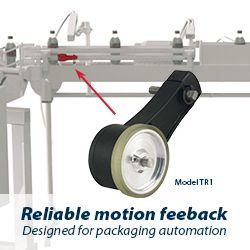OSI Laser Diode Introduces 1490 nm High Power Pulsed Laser Diode Module
New SCW 1430 series laser diode module will be showcased at Laser World of Photonics in Munich, Germany, June 22-25, 2015, Hall A2 Booth 102.
June 16, 2015 - Edison, NJ - OSI Laser Diode, Inc. (LDI), an OSI Systems Company, will premiere the innovative SCW 1430 laser diode module series at Laser World of Photonics, Munich, Germany, June 22-25, 2015 in the OSI Optoelectronics booth, Hall A2, #102. The new 1490 nm Al RWG F/P laser diode series is specifically designed for optical test applications such as optical time-domain reflectometers (OTDRs) and optical spectrum analyzers (OSAs).
LDIs new SCW 1430 product series features excellent pulse drift performance and high stability. The modules come in four convenient packages to choose from: 14-pin DIL; 14-pin butterfly; 3-pin coaxial; or 3-pin TO56 housings. RoHS compliant, the high-peak pulsed laser diode modules operate typically at a center wavelength of 1490 nm (1470 nm, min. to 1510 nm, max.). They deliver no less than 100 mW optical power (fiber) and a minimum of 300 mW (TO56).
Easy to integrate into new or existing systems, LDIs new products are intended for optical testing applications where high-peak pulsed optical power is required. The higher power offers greater dynamic range capability to OTDR manufacturers.
If youre planning to attend Laser Munich next week, please stop by Hall A2, Booth #102 to learn more. Or for more information, visit www.laserdiode.com/.
Featured Product

